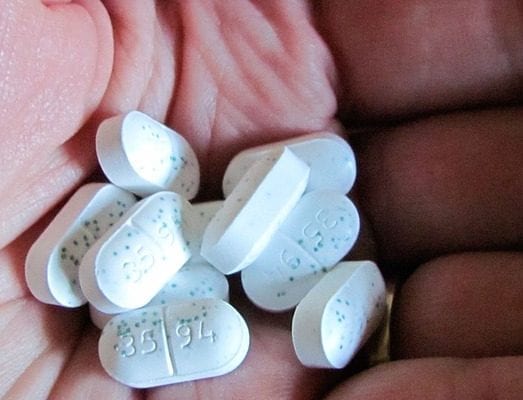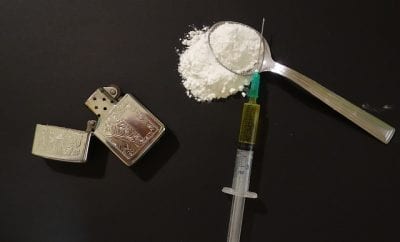
News
2017 Set a Record for Highest Opioid Overdoes
The opioid epidemic is showing no signs of slowing down, and a new report released Wednesday by the federal government showed 2017 was the worst year for opioid overdoses. A record high 72,287 drug overdose deaths took place in 2017, with the majority caused by opioids. While the report is only provisional considering that some reported overdose deaths have yet to be fully investigated, the findings are still extremely troubling.
 This figure has jumped by nearly 10,000 from 2016 and is largely due to the continued spread of synthetic opioids used for prescription medication like fentanyl, which is 50 times more potent than heroin. Nearly 30,000 deaths were attributed to fentanyl in 2017, which is a massive spike when compared to just 5,000 deaths in 2014. Fentanyl, which is a legal opioid in the U.S., has been flooding the markets from overseas, where the drug is cheaper to produce and transport, making it attractive to dealers due to its extreme potency. Many deaths attributed to fentanyl are from drug users consuming what they think to be heroin, hydrocodone, or oxycodone; but instead, it has been cut with fentanyl, causing an acute opioid overdose.
This figure has jumped by nearly 10,000 from 2016 and is largely due to the continued spread of synthetic opioids used for prescription medication like fentanyl, which is 50 times more potent than heroin. Nearly 30,000 deaths were attributed to fentanyl in 2017, which is a massive spike when compared to just 5,000 deaths in 2014. Fentanyl, which is a legal opioid in the U.S., has been flooding the markets from overseas, where the drug is cheaper to produce and transport, making it attractive to dealers due to its extreme potency. Many deaths attributed to fentanyl are from drug users consuming what they think to be heroin, hydrocodone, or oxycodone; but instead, it has been cut with fentanyl, causing an acute opioid overdose.
Dan Ciccarone, a professor of family and community medicine at the University of California, San Francisco, told The New York Times, “Because it’s a drug epidemic as opposed to an infectious disease epidemic like Zika, the response is slower. Because of the forces of stigma, the population is reluctant to seek care. I wouldn’t expect a rapid downturn; I would expect a slow, smooth downturn.”
The Trump administration declared the opioid crisis a national public health emergency, with states tapping a $1 billion grant program to assist in fighting this epidemic. With millions of Americans dealing with opioid addiction, but there is still a limited amount of resources and programs for those seeking help.
Honora Englander, an assistant professor of medicine at Oregon Health & Science University told Gizmodo, “We know that people with opioid use disorder who receive treatment with medications like buprenorphine and methadone have dramatically reduced mortality and yet nationally there remains a massive shortage of treatment providers, payers often don’t cover these life-saving medications, people are denied access to treatment while incarcerated..”
In California alone, there has been a 10% increase in opioid overdose from last year. However, it has continued to ravage the East and Midwest particularly hard. In states like West Virginia and Indiana, opioid related overdoses have increased by a staggering 20%. While the country continues to struggle with opioid addiction, the spotlight has fallen on reducing opioid prescribing, increasing addiction resources, and expanding community access to naloxone, a highly effective anti-overdose drug.





0 comments